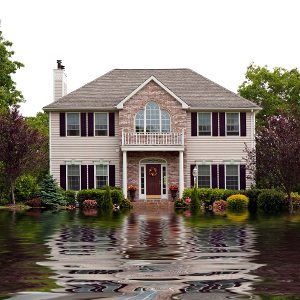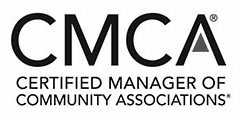Where you live determines what type of homeowner’s disaster coverage you need to protect against possible weather-related damages.
Every day of some type of natural disaster in the headlines. Your risk of property damage from weather events like tornadoes, floods, hurricanes, earthquakes, and wildfires varies by location. We never know when mother nature will arrive but you can plan in “calm waters” to make sure you are covered.
Regional factors also affect the need for additional disaster coverage for claims that aren’t covered by typical homeowners insurance. When trying to decide what kind and how much disaster insurance to purchase, you need to know what type of weather disasters are common where you live and then research types of insurance policies and coverages. This should be part of comprehensive planning that also includes a documented inventory of your home’s valuables and emergency and family evacuation planning.
The Common Disaster Risks
Gwen Moran, a finance and real estate writer, offers the following suggestions for these common disaster risks:
Flood
Moran explains homes that are near water, including man-made dams or retaining lakes, or in low-lying areas, are vulnerable to flood damage. She reminds homeowners that flood damage such as saturation to home structures like drywall and insulation is often not included in home policies, so it’s important to check your regular policy and consider flood insurance if homes in your area experience flooding.
The National Flood Insurance Program is open to everyone, and the average flood insurance policy costs $600 compared to the average flood claim of $30,000.
Tornado
Because tornadoes are a common seasonal risk in the Eastern U.S. and Central Plains, understanding your homeowner’s insurance coverage for tornado damage is important. Moran suggests reading your policy and discussing it with your agent to confirm what is covered and how to make a claim for damage from high winds and destructive funnels.
Earthquakes
Find out if your area is prone to earthquakes by checking the U.S. Geological Survey’s maps and fault lines. The West Coast and parts of the Midwest are particularly prone to earthquake activity, and earthquake damage is usually excluded from regular homeowners policies. California homeowners can get earthquake policies from the California Earthquake Authority, and homeowners in other states can check for options with their states’ insurance commissioners. Deductibles for earthquake policies may be $10,000 to $30,000, depending on the total value, so be sure to understand them on your policy.
Hurricanes
Hurricanes are well-known in the East Coast and Gulf Coast areas where they cause millions of dollars of damage each year. Some hurricane coverage may be included in regular homeowners policies in low-risk areas, but high-risk areas may require additional coverage that may or may not pay out for flood damage. The risk of flooding in hurricane areas may require separate flood insurance in addition to hurricane coverage.
Getting Reimbursed After Disaster
The time to find out how to make a claim and get reimbursed for coverage in the event of a disaster is before disaster strikes. Make sure you understand your policy and how it pays out by talking to your insurance agent at least annually and make sure your policy is up to date with an accurate inventory.
An important factor to know and understand is whether your policy covers reimbursement for replacement cost or actual cash value of damaged property. Replacement value pays the costs of replacing damaged items and cash value pays the depreciated current value of damaged items. The premiums are higher for policies that pay replacement value.








